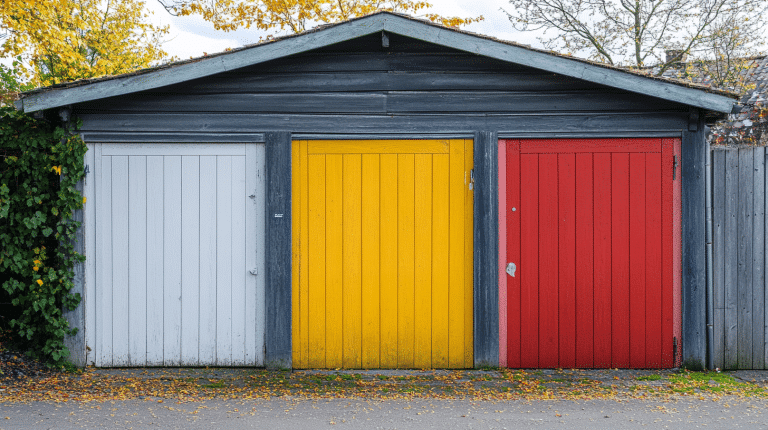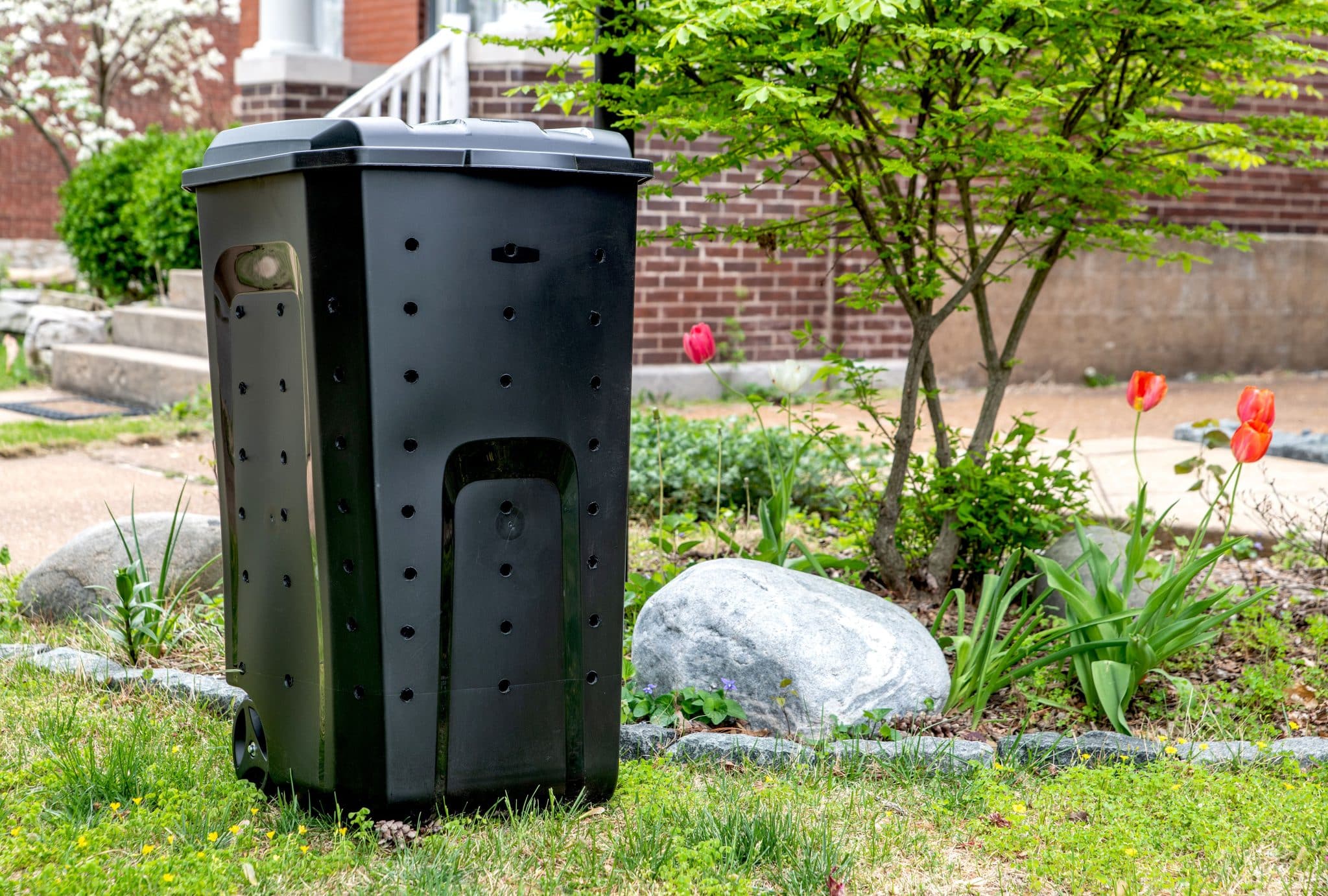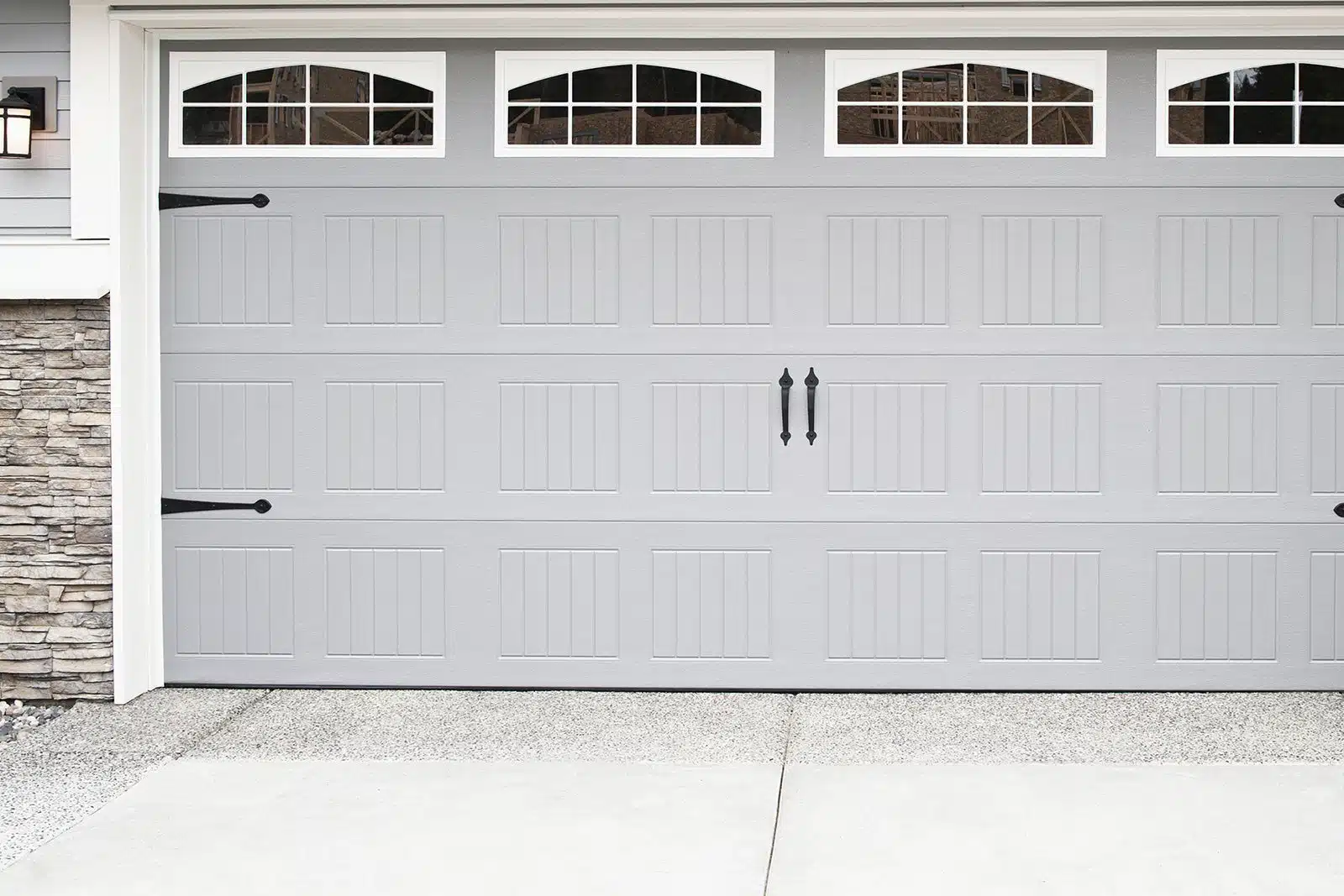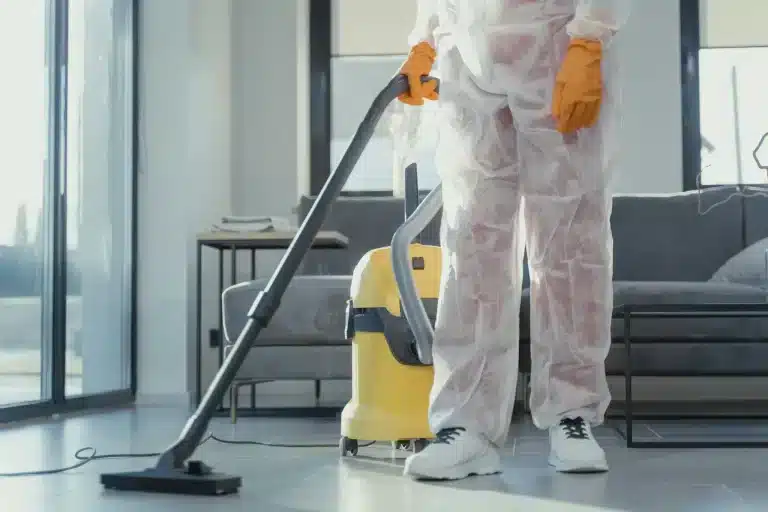Mastering the art of maintenance and managing adequate trash disposal can level up your home improvement game, especially for DIYers. Adequate waste disposal ensures your home’s sustainability, and timely repairs contribute to its longevity.
Among the repairs, many homeowners tend to neglect garage door renovation. This article will empower you with some effective garbage management and garage door renovation tips for your home.
Waste Management Tips for DIYers
If you are a DIY enthusiast but worry about waste generation and handling, the underlying tips might be helpful.
Plan Your Diy Project Before Starting It
Before starting a DIY project, take inventory of the materials you need. Some materials can be reused. For instance, painter’s tape or sandpaper can be reused for your next painting project. You can store these reusables in a multi-purpose organizer.
However, the materials that are less likely to be used for your future projects will only occupy extra space and will ultimately be wasted. Consider selling these items on an online thrift store or a community marketplace. It will not only create more storage space, but also help you save money that you can use for buying materials for future DIYs.
Additionally, use a dustbin or a bag to collect all waste generated during the project. Schedule waste disposal as one of the goals of all your DIY tasks.
Spend More on The Reusables
Some items are a must-have for every other home improvement project. If you keep taking up new DIY projects, consider investing once in products that can be reused. You can also purchase some products in bulk, as per your need. Bulk purchasing not only saves you from breaking the bank but also contributes to the sustainability of our planet.
Consider Renting a Roll-Off Dumpster
The amount of waste generated in some home improvement projects cannot fit in the trash cans or garbage bags in your home. For larger renovation projects like basement waterproofing or kitchen remodeling, roll-off dumpster rentals are a great option.
They are quite helpful in efficient waste management. You can place them at a suitable place in your home and collect all waste coming from renovation in these containers. Once they are full, you can hand them over to the company. This approach can help you maintain a clutter-free home even during messy maintenance.
Try to Recycle the Waste
Try to utilize the waste generated during one home maintenance task for another DIY project. For instance, you can reuse the leftover wood pieces from a basement shelving project to create a beautiful DIY wooden clock for your home.
Collect the recyclable waste in a separate container. If it is of no use, carry it to your nearest recycling center.
Use Tarps to Avoid Major Cleanup
Use tarps and drop cloths to cover your plants, furniture, or other immovable items during renovation tasks like lawn maintenance or foundation repair.
You can easily clean up small paint droplets and sawdust using a vacuum cleaner or a damp cloth. However, to save your furniture or floor from paint spilling, staining, or glue, always cover them up with reusable drop clothes.
Tarping can save you from excessive cleaning once the project is completed. But it is vulnerable to tearing. Therefore, we recommend you invest in purchasing a high-quality tarp made from materials that can be easily washed. For instance, canvas tarps are the best for this purpose.
Garage Door Repair and Maintenance Tips for DIYers
Follow these repair and garage door maintenance tips to have a well-functioning garage door:
Conduct Regular Inspections
Consider inspecting your garage door for potential damage at regular intervals. It will help you identify any structural or functional problem before it intensifies. We also recommend hiring garage door repair technicians for annual analysis.
Lubricate Your Garage Door
Lubrication ensures smooth operation and continued usage of your garage door. It protects the moving elements from wear and tear, thereby saving you from costly garage door repair. Apply high-quality white lithium grease to the moving components of your door at least once every half-year.
Clean Your Garage Door Every Six Months
Clean your garage door at least once in six months. Use a garden hose to wash away all the loose dirt and debris from the garage door. Then, apply the soap with a sponge and rinse it off. Once the door is clean and dry, apply wax. Keep spraying the wax and wiping it in circular motions using a microfiber cloth until your door looks nice and polished!
Now, use an all-purpose cleaner to clean the weatherstripping of your door. While doing so, check for damage. If you notice any cracks in the stripping, get it replaced as soon as possible. Lastly, clean the interior of your garage door using the same detergent you used for the exterior. Then, wipe it off with a cloth.
Paint Your Garage Door
Painting also gives a new and tidy look to your garage door. In addition, it adds a weather-proof coating to your door, saving it from harsh weather. You can paint the garage door yourself if you have all the required equipment. Just wash your door thoroughly, wipe it with a clean door, and tape off its sides and the floor near it. It will save the surrounding walls from the paint. Apply two coats of primer followed by two coats of water-proof paint on the panels, stiles, and rails.
Conclusion
DIYers should pay attention to managing waste generated from home improvement and maintenance. Properly planning a DIY project, renting roll-off dumpsters for larger projects, and reusing and recycling can help reduce the environmental impact of our activities. Moreover, regularly cleaning, lubricating, painting, and inspecting your garage door enhances its lifespan.











